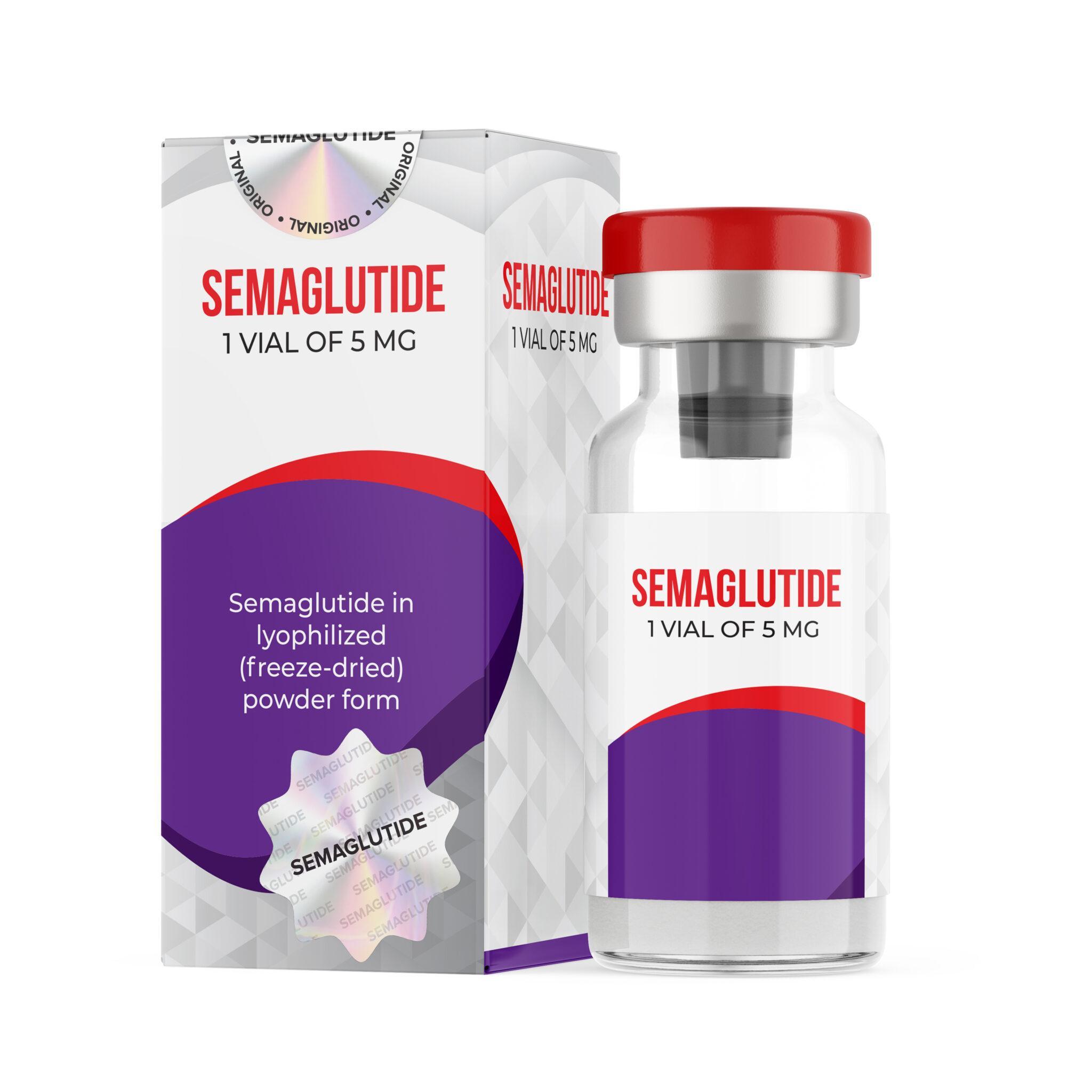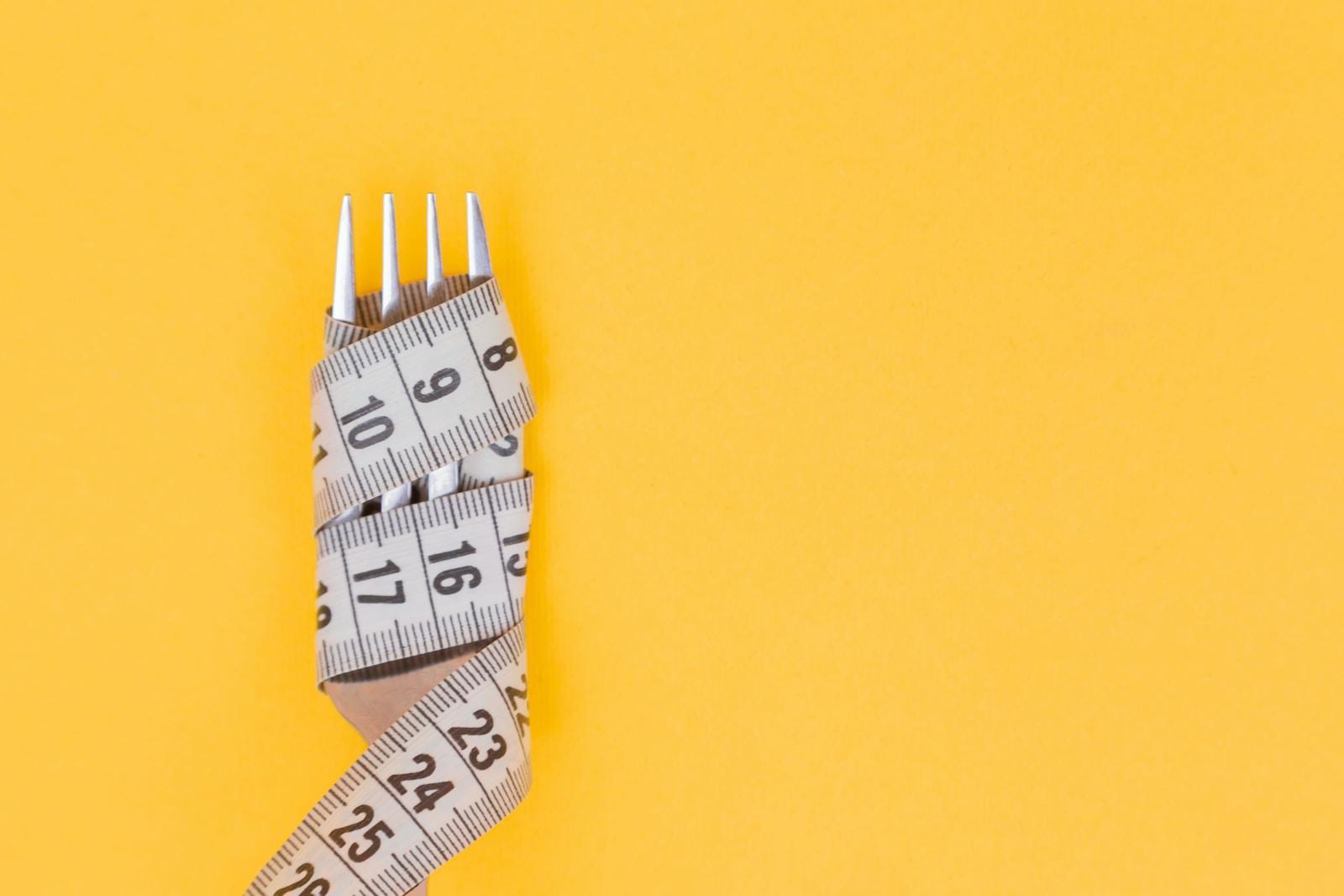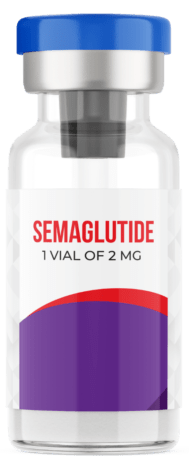This is the comprehensive manual for the proper Administration of SEMAGLUTIDE

Semaglutide Dose Escalation Schedule
Weeks | Weekly dose for weight loss | |
|---|---|---|
Dose escalation | Month 1 (Week 1-4) | 0.25 mg |
Month 2 (Week 5-8) | 0.5 mg | |
Month 3 (Week 9-12) | 1 mg | |
Month 4 (Week 13-16) | 1.7 mg | |
Maintenance dose | Month 5+ (Week 17 and onward) | 2.4 mg |
The gradual increase in dosage, as outlined in the escalation schedule, has been derived from meticulous clinical studies and is presented as a recommended guideline.
It’s essential to recognize that this schedule is not universally applicable to every patient, given the distinct ways in which individuals respond to the medication. Your unique physiological responses play a pivotal role in determining the most effective dosage regimen for you.
Should you find that semaglutide is yielding positive results for you even at lower dosages, there is no rigid obligation to adhere to the escalation schedule.
You have the flexibility to maintain the lower dosages for an extended period, tailoring your treatment to your individual progress. It’s worth noting that the decision to increase the dosage can be made at your discretion, particularly if you’ve encountered a plateau in your weight loss journey.
Furthermore, it’s advisable to exercise prudence and discretion when contemplating a dosage increase. If you’re unable to tolerate the escalated dosage due to potential side effects or other considerations, it’s perfectly acceptable to delay the increase or even reduce the dosage for a brief period.
Prioritizing your comfort and well-being is paramount in your semaglutide journey, and adjustments to the dosage should align with your personal tolerance levels and health needs.
Semaglutide Dosing
Generic semaglutide is a white powder that comes in 2 mg and 5 mg vials. This advantage of semaglutide allows you to set any dose you want.
Before injecting semaglutide into your body, you must mix the powder with bacteriostatic water. We are providing the instructions below
Disclaimer
While we diligently strive to ensure the excellence, precision, and safety of the content present on our website, it’s imperative to clarify that this content is offered solely for general informational purposes and should not be construed as medical advice. The information found on this page, encompassing text, visuals, and other materials, is not designed to substitute a consultation with a duly qualified medical professional. Semaspace does not offer medical guidance. We strongly urge you to confer with your healthcare provider regarding potential interactions, contraindications, and allergic reactions before initiating any new supplement or medication.Download the Administrative Guides in PDF
How to Mix Semaglutide
If you place an order, you will receive personalized instructions in your email. Please follow the instructions in your email.
Below you will find a brief overview of the instructions for general reference.
Semaglutide comes in a powder form and needs to be mixed or “reconstituted” with bacteriostatic water before use.
Bacteriostatic water is a liquid for injections that contain 0.9% benzyl alcohol as an antimicrobial preservative.
Below are the instructions on how to mix semaglutide correctly.
Wash your hands thoroughly before assembling the materials needed for mixing.
Get the materials ready for mixing.
Take off the protective caps from both the semaglutide vial and the bacteriostatic water vial. Use an alcohol pad to clean the tops of the vials.
Fix the needle onto the syringe, being careful not to touch the needle with your fingers or let it come into contact with any surface.Prepare the bacteriostatic water for extraction.
The amount of bacteriostatic water you need will depend on your specific package: either 1 ml (100 IU) or 2 ml (200 IU).
For guidance on reading units (IU) and milliliters (mL) on a syringe, click here.
To extract the water, invert the bacteriostatic water vial and carefully insert the needle through the rubber cap. Gradually retract the plunger until it aligns with the 1 ml (100 IU) marking.
Add bacteriostatic water to the Semaglutide vial.
Once you've drawn the appropriate amount of bacteriostatic water into the syringe, carefully insert the syringe into the semaglutide vial.
Gently inject all of the water into the semaglutide vial. If you encounter resistance, pause and allow it to equalize before proceeding. After the bacteriostatic water is in the vial, remove the needle from the vial.
For a 2 ml (200 IU) dose of bacteriostatic water, repeat steps 3 and 4 by injecting an additional 1 ml (100 IU) of water into the semaglutide vial.
Gently rotate the mixture.
How to Inject Semaglutide
Get the injection supplies ready.
For administering a semaglutide injection, gather the following items:
Extract Semaglutide from the vial.
The quantity of semaglutide solution needed in the syringe is determined by the dosage specified in the dosing tables. This will be either 0.2 ml, 0.25 ml, 0.33 ml, 0.4 ml, 0.5 ml, or 1 ml of the solution.
For guidance on interpreting units (IU) and milliliters (mL) on a syringe, refer to this link.
To draw the semaglutide solution into the syringe, flip the vial upside down and insert the needle through the rubber cap on the vial. Gradually pull back on the plunger until it reaches the appropriate measurement, indicating the desired quantity of solution.
Once the semaglutide solution is in the syringe, withdraw the needle from the vial.
Get ready to inject.
Semaglutide is administered through a subcutaneous injection in the abdomen, thigh, or upper arm. Pick the spot where you intend to administer the injection. Clean the area using an alcohol pad and allow it to air dry for a few seconds.
Remember to rotate injection sites within the same body region every week to avoid using the same spot.Inject.
- Choose the Injection Angle: Subcutaneous injections can be administered at a 90-degree or 45-degree angle. Use a 90-degree angle if you can grasp 2 inches of skin between your thumb and index finger. Opt for a 45-degree angle if you can grasp only 1 inch of skin.
- Prepare for Injection: Use your non-dominant hand to grasp and create a fold of skin where you intend to inject. Securely hold the syringe with your other hand.
- Insert the Needle: Position the needle under the skin fold you've created.
- Inject the Medication:: Once the needle is inserted fully, slowly push down the plunger to inject the contents of the syringe.
- Withdraw the Needle:: After injecting, remove the needle at the same angle it was inserted.
- Proper Disposal : Safely dispose of the used needle in an appropriate sharps disposal container.
Gently rotate the mixture.
Vital Details to Note!

Frequency of Semaglutide Injections
Administer semaglutide once weekly, on the same day every week. The injection can be given at any time of day, whether you’ve eaten or not. If necessary, you can change the day of the weekly injection, but ensure there’s a minimum of 48 hours between two doses.
Missed Semaglutide Dose
If you miss a semaglutide injection, there’s no need to panic. Administer the missed dose as soon as possible within 5 days. If more than 5 days have passed, it’s advisable to skip the missed dose and proceed with the next scheduled semaglutide injection.
Storing Semaglutide
Remember, semaglutide is sensitive to temperature changes. Once mixed, store it in the refrigerator to preserve its effectiveness. However, brief exposure to room temperature or moderate heat won’t immediately render it ineffective. At room temperature, semaglutide maintains its potency for up to 4 weeks. However, we strongly recommend refrigerating the vial once you realize it has been left at room temperature.
A recent study revealed that individuals using semaglutide managed to shed 10% of their body weight within 20 weeks.
However, once they discontinued the medication, most of the weight was regained. To ensure a sustained weight loss journey, it’s essential to cultivate positive eating and exercise routines while taking semaglutide. This approach will help you effectively manage your weight post-treatment.
If you struggle with self-control when it comes to eating, there’s no need to worry. Semaglutide simplifies the weight loss process both mentally and physically. It offers the opportunity to break free from unhealthy eating patterns and initiate your weight loss adventure anew. The healthy behaviors adopted during treatment play a vital role in preventing weight regain.
What Additional Information Should I Be Aware of Regarding Semaglutide?
Semaglutide is a medication for weight loss that operates by imitating a natural body hormone called glucagon-like peptide-1 (GLP-1). This hormone targets specific brain areas responsible for regulating appetite. Semaglutide aids in hormone equilibrium, notably reducing blood sugar levels. As a result, it curbs appetite and diminishes food cravings.
When using semaglutide, it’s crucial to regularly monitor your blood sugar levels, especially before and after meals and before going to bed. This practice helps minimize the risk of experiencing excessively low blood sugar levels.
For more details and to acquire your supply of semaglutide at the most competitive price, explore our online store




